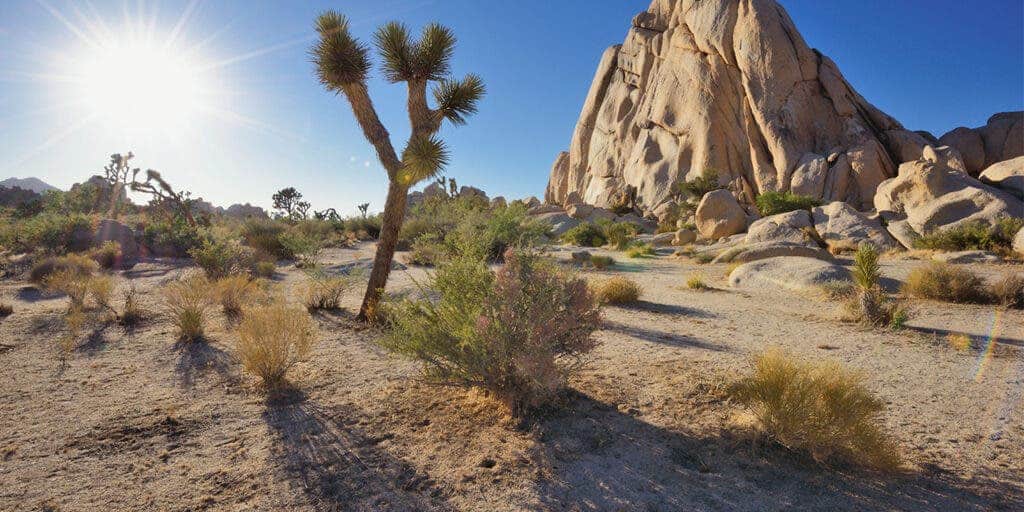More than 1,000 tons of microplastics, which would be enough to make 300 million water bottles, are deposited every year by wind and rain on national parks and protected areas in the United States. The new study casts light on an alternative movement of microplastics that has been overlooked.

Global plastic production has quadrupled over the past four decades, a figure that is growing year by year. Most of that plastic ends up in landfills or the ocean, and eventually degrades into small microplastic particles, which can now be found in almost all the ecosystems of the planet, from the tallest mountains to deserted islands.
Although researchers have widely investigated the role of microplastics in different environments, there’s still a gap in our understanding of microplastics move between the land, the oceans and the atmosphere around the planet. Now, recent studies have shown the fragments are picked up by winds as they are small and light.
Janice Brahney from Utah State University, along with colleagues, studied the transport and accumulation of microplastics in eleven remote and protected areas across the western US. These include popular tourist attractions in the country such as the Grand Canyon and Joshua Tree National Park.
The researchers compared the size and shape of the particles that fell during dry and wet weather and found that the deposition rates averaged 132 plastics per square meter per day across the eleven areas. This amounts to more than 1,000 tons annually across all the protected areas in the western US.
“We were shocked at the estimated deposition rates and kept trying to figure out where our calculations went wrong,” Brahney said. “We then confirmed through 32 different particle scans that roughly 4% of the atmospheric particles analyzed from these remote locations were synthetic polymers”
Dry and wet plastic
The study looked at the source and life history of both the wet and dry microplastic deposition. Cities and populated centers were found to be the initial source of plastics associated with wet deposition. Meanwhile, dry deposition showed indicators of long-range transport and was associated with large-scale atmospheric patterns
“Plastics that fall out in rain are more likely to be sourced from local sources, like a nearby city. Whereas plastics falling out of the sky during ‘dry’ periods appeared to be coming from much further away. We are only scratching the surface, and have a lot more to learn about the atmospheric limb of the plastic cycle,” Brahney told Newsweek.
Most of the plastics in wet and dry samples were microfibers sourced from both clothing and industrial materials. Approximately 30% of the particles were brightly colored microbeads, but not those commonly associated with personal care products. These microbeads were acrylic and are likely derived from industrial paints and coatings.
The presence of microplastics in the atmosphere has unknown consequences for the health of wildlife but the study found particles that had a size sufficiently large to accumulate in the lung tissue and cause problems. At the same time, the deposition in natural areas could influence these ecosystems, altering their function.
“This ubiquity of microplastics in the atmosphere and the subsequent deposition to remote terrestrial and aquatic environments raise widespread ecological and societal concerns,” Brahney said in a statement. “Identifying the key mechanisms of plastic emission to the atmosphere is a first step in developing global-scale solutions.”
The study was published in the journal Science.









